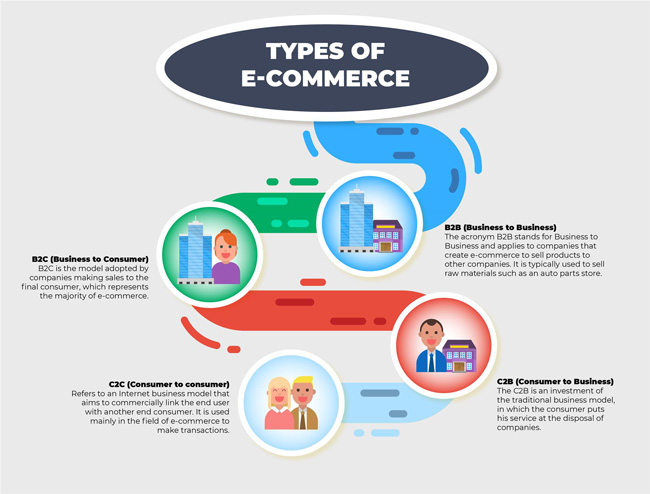It is estimated that the online e-commerce industry will enjoy more than £2.8 billion pounds worth of sales in 2018 (1). This figure is expected to represent an increasingly influential portion of the entire retail market. One of the reasons for this stunning observation is that the virtual retail community is associated with a global marketplace.
Traditional boundaries have been ablated and as a result, even startup firms are enjoy a greater level of success than ever before. The primary concern involves how to tap into such a lucrative sector. International e-commerce platforms play a critical role and yet, not all are created equally. What are some features shared by the most reputable bundles and how can these benefit the business in question?
Hallmarks of Powerful International Software Packages
As with any e-commerce solution, flexibility is tantamount to success. Static architecture lacks the ability to adjust to changing scenarios (such as a new region or an emerging demographic). A worthwhile international ecommerce platform should be scalable to the point that on-the-fly changes can be made when necessary.
Logistics are also a very real concern. While organisations dealing with a discrete region might be able to handle such requirements utilising legacy software bundles, this is hardly the case when referring to the international community. Issues such as monitoring shipments, ensuring timely deliveries and keeping warehouses adequately stocked can make or break a business. Centralised control over these and other variables is essential in order to ensure continuous quality improvement and customer satisfaction.
In the same respect, customised APIs should be able to meet and exceed the requirements associated with enterprise resource planning and order management systems. Such levels of integration will be difficult (if not impossible) to achieve when employing legacy architecture. Thus, it is clear to see why effective e-commerce solutions require equally expedient platforms.
When Should You Migrate Away from Legacy Architecture?
Stubbornness can prove to be a fatal blow to what would have otherwise been a budding online retail business. So, how are you to know when you should abandon an existing platform for more advanced tools such as those offered through Shopify Plus? Below are a few metrics which should be honestly addressed:
– Has pipeline management become increasingly difficult?
– Does your existing architecture cause delays in shipping and/or returns?
– Have you noticed a drop in ROI for at least two financial quarters?
– Is it challenging to implement new modular applications?
– What levels of customer support can you expect in the event that a problem arises?
If the answers to these queries are less than pleasant, it might be time to consider a migration. Choosing a malleable and targeted e-commerce platform represents the cornerstone of international sales. It is impossible to expect positive results while utilising substandard software. As the expression goes, insanity is defined as performing the same tasks as in the past while expecting different end results.

Sources:
https://www.statista.com/statistics/379046/worldwide-retail-e-commerce-sales/































